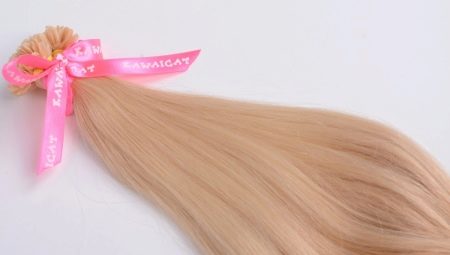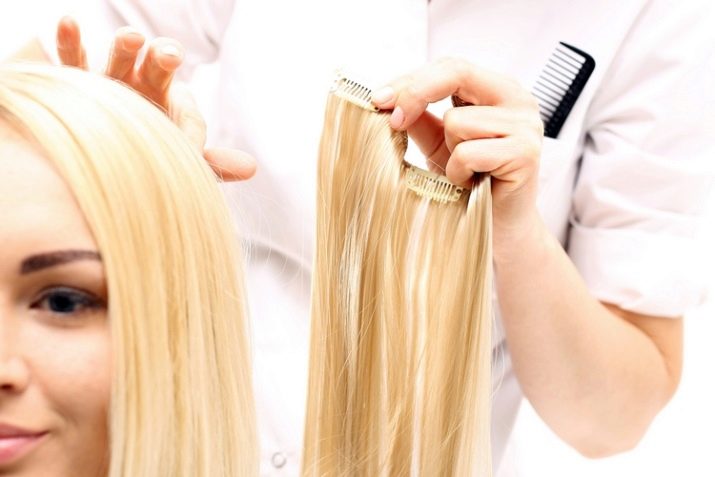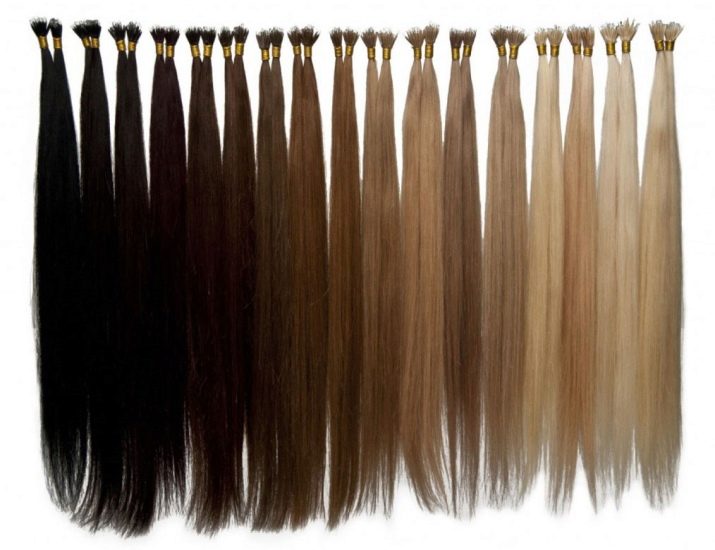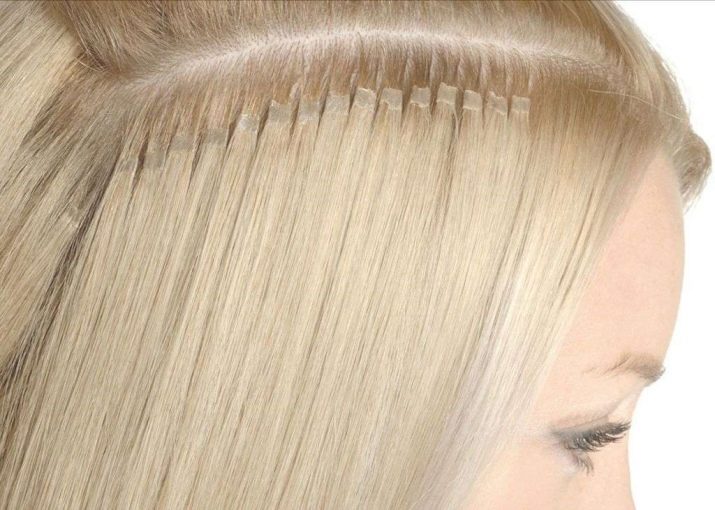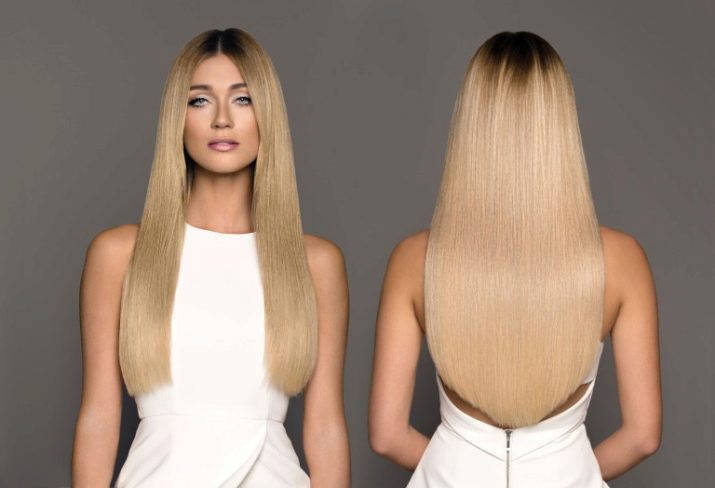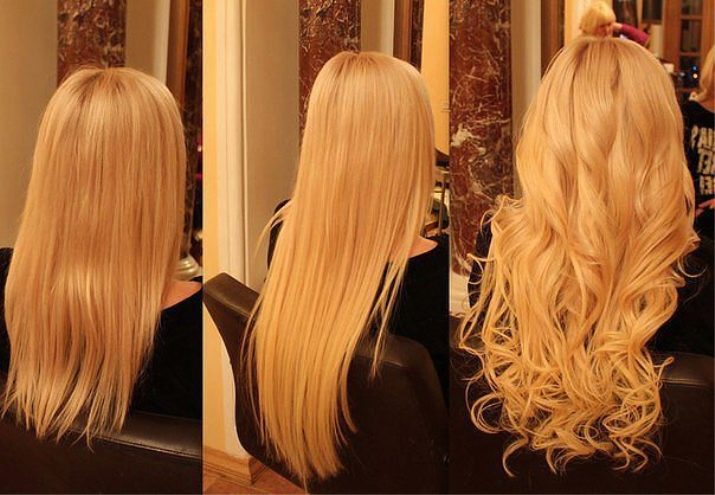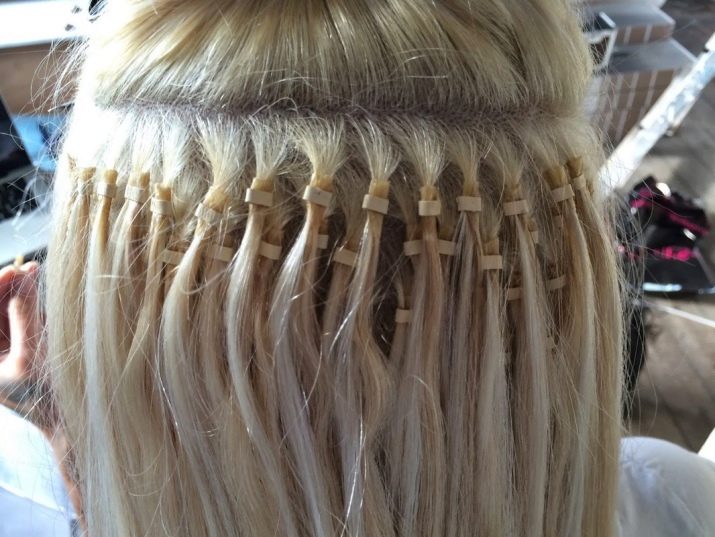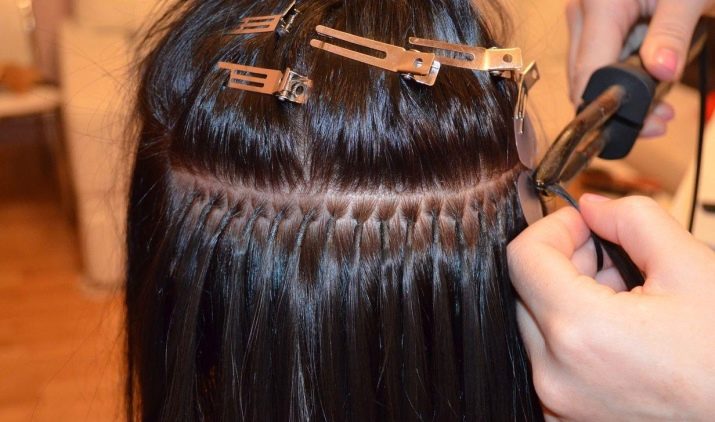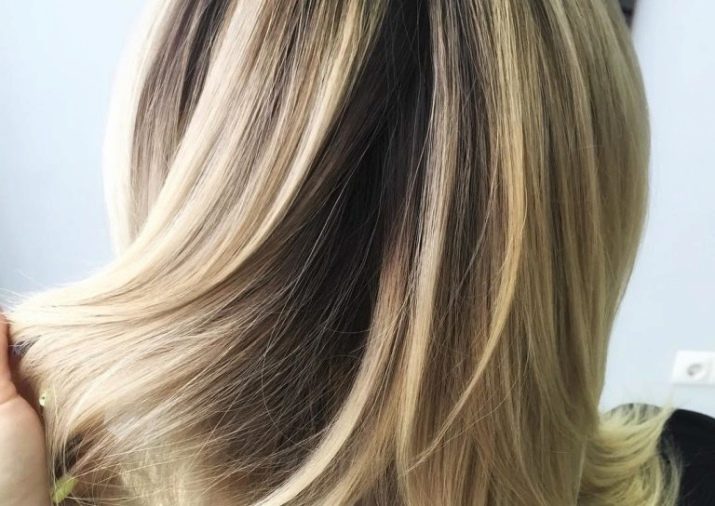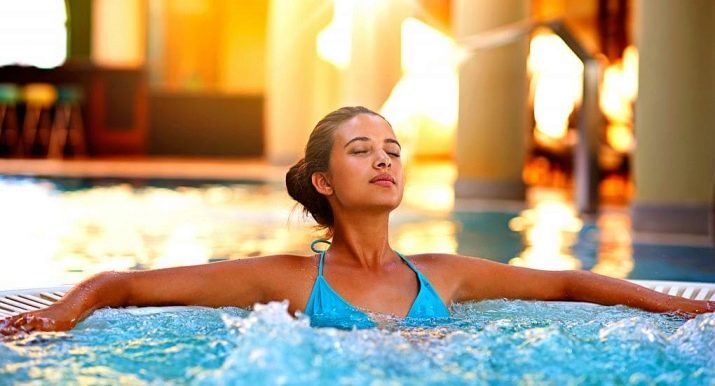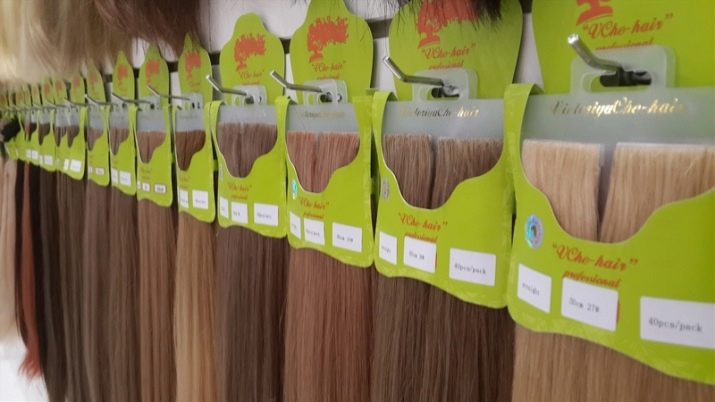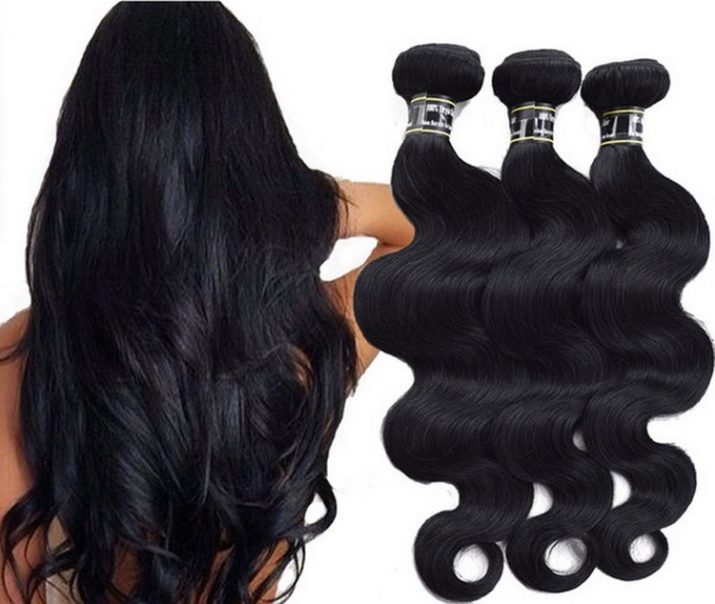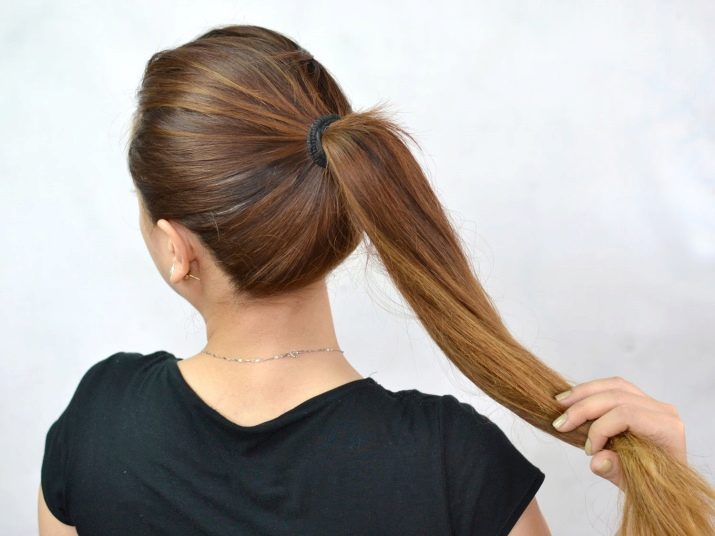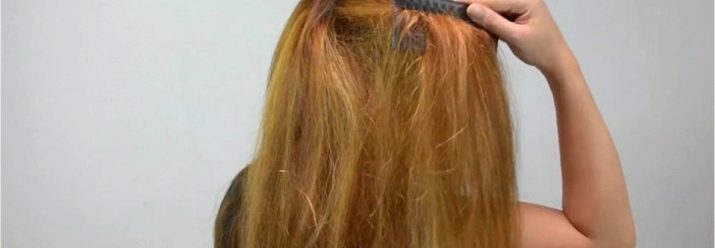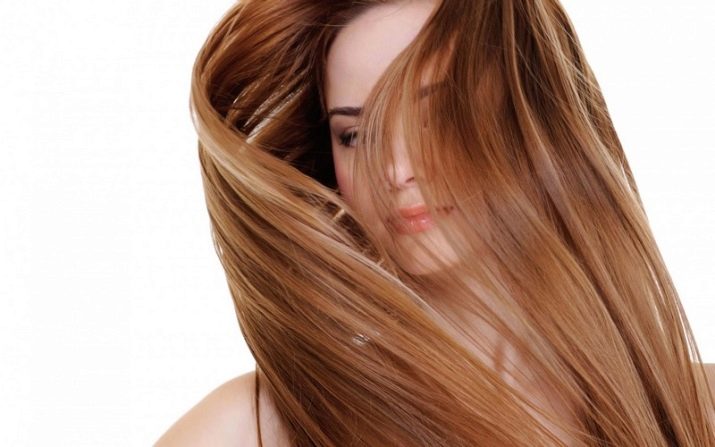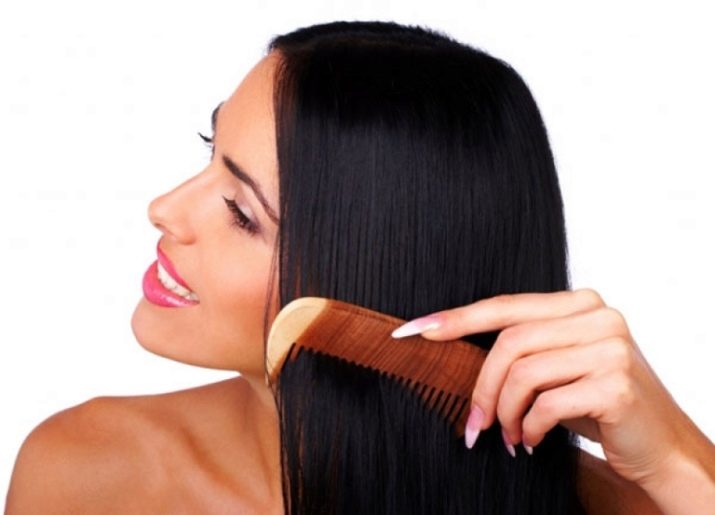Today, sparse hair is not a problem, at least for the female half of humanity. The hair extension technology has advanced a lot over the past few years. But in this case it is necessary not only the hand of a master and high-quality material, but also own, even if only basic, knowledge. Material luxury for hair extensions are Slavic curls. This article will give a description of Slavic hair and describe in detail how they are better than other types of curls.
What it is?
The so-called Slavic curls are the highest quality material for hair extensions. These strands are carefully selected by hand. In these curls do not fall short, low-quality or gray hair. Due to the fact that each hair fits in one direction of the scales, these curls are not confused. After selection, they are thoroughly cleaned (disinfected), and then subjected to painting in the desired color.
The curls resulting from all treatments are folded and sealed with rubber bands or tresses. As a result, it is safe to say that Slavic hair for extension is of high quality - this is the best material for extension. The hairs in these curls are quite thin, they are not confused with each other, they have a healthy shine.
Similar hairs are exposed to the minimum processing and painted only with the sparing structures. The “homeland” of these strands is Russia, Ukraine and Belarus, which is why such curls are most suited for girls of Slavic appearance.
Features, Pros and Cons
Slavic hair extensions have several key features, which it is important to familiarize with before choosing for yourself this kind of artificial curls.
- Since the “Slav woman” is practically not processed, there is a possibility that live bacteria can remain on the hairs. This can be a risk factor for people with frequent allergies.
- The average life of such strands is 5 years.
- Hair can easily tolerate exposure to hot air - it is a hairdryer and hot climatic conditions.
- The weakest point is the mount. This area should not be exposed to direct and close exposure to hot air or chemicals.
- Very obedient - easy to fit, do not require a long and careful perm or other processing.
- Most often, Slavic hair is produced on ribbons, in other forms - less.
- Recently, Slavic hair with hairpins has become popular, which is much easier to wear than extended ones. They are easily removed and dressed, do not require special care, and the hairpin is almost invisible.
Benefits:
- This type of hair can be worn for a long time, they do not deteriorate and do not lose their beautiful appearance;
- curls are no different from natural;
- can be used when rebuilding;
- soft to the touch, not confused;
- in the presence of a large number of flowers;
- perfectly tolerate any technology extensions, including microcapsular, hot, cold, on tapes;
- well give in to painting and a curl / straightening during socks;
- on Slavic curls, you can make highlights and other types of clarification (as a rule, this uses a hydrogen peroxide solution of not more than 1.5% percent);
- it is possible to acquire both straight curls, and curled or even curly;
- with such curls you can walk to the pool, bath, sauna, because they are well tolerated by changes in temperature and humidity.
The disadvantages of this type of hair include their high price - almost 10 thousand rubles, and subtlety. The latter is inconvenient because you need a rather large number of curls during the procedure of building up, if you want thick hair. Also, because of its high price, such curls are often faked. Asian hair, which is the cheapest material for building, is often given out by sellers as a “Slav”.
Proper care
Consider some features of the care of artificial curls.
- When you wear curls, you should wash your head several times a week with a special shampoo for hair extensions.
- Masks, balms, conditioners and oils will be a good addition to the care, and nutrition for both natural and extended hairstyles.
- It is best to comb with a brush with natural bristles, as it is the one that least damages the attachment points to natural hair.
- Like natural hair, extensions should not be combed when wet or wet - the risk of damage increases.
- It is not recommended to strongly twist or tighten the hair with a rubber band or barrettes.
In no case should you fall asleep with your head wet or wet after a shower. Extensive hair in the morning may be confused in places of attachment
Difference from other types
Each type of hair extension has its own characteristics, pros and cons. Most often, Slavic curls are compared with South Russian and European. Let us dwell on the differences in more detail.
- If Slavic hair can be dyed in any color, then among the South Russian curls there is no blond and some other light shades.
- In contrast to the “Slav”, South Russian hair is quite hard to the touch.
- If the “Slav woman” is practically not confused, then the southern Russian strands have a slight confusion and fluffiness.
- The main difference, and perhaps the advantage is much more profitable than the "Slav", the price of South Russian hair. Given the fact that the relative level of quality of hair in both species is almost the same.
- The hairs in South Russian curls are thicker and denser than in Slavic ones, which implies a much lower consumption when building up. South Russian strands can add a significant amount of hair, even in small quantities.
But the difference between the "Slav" and European hair is noted at the very initial stage of selection. European curls are a by-product from combing Slavic strands, so they are very different quality.
European strands are confused, since they can not be folded in the general direction of scales, each hair has a different one.
The term of wearing European curls is greatly reduced compared to the “Slav”. In addition, European curls can not be repackaged. After each shampooing procedure, they can lose their attractive appearance and get very confused. The advantage is an affordable price - about 3 thousand rubles for 100 strands, which is quite enough for a full hair extension per person.
In conclusion, it is worth noting that when choosing a material is quite easy to face a fake. It is worth acquiring material for building only from the checked sellers or to address specialists in this business. Otherwise, it is quite possible to spend a lot of money on poor-quality curls.
On what hair to choose for building, Slavic or European, see the following video.
